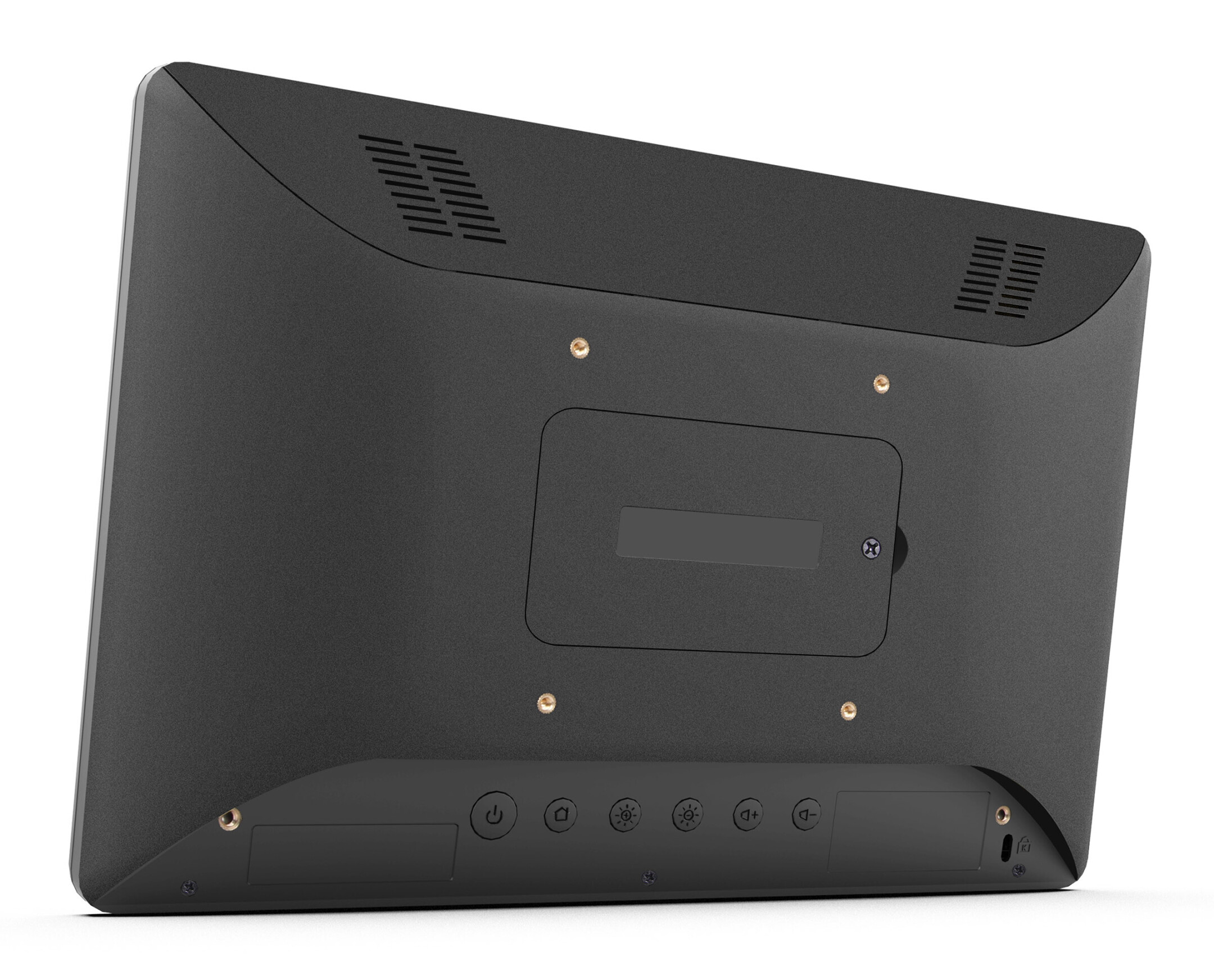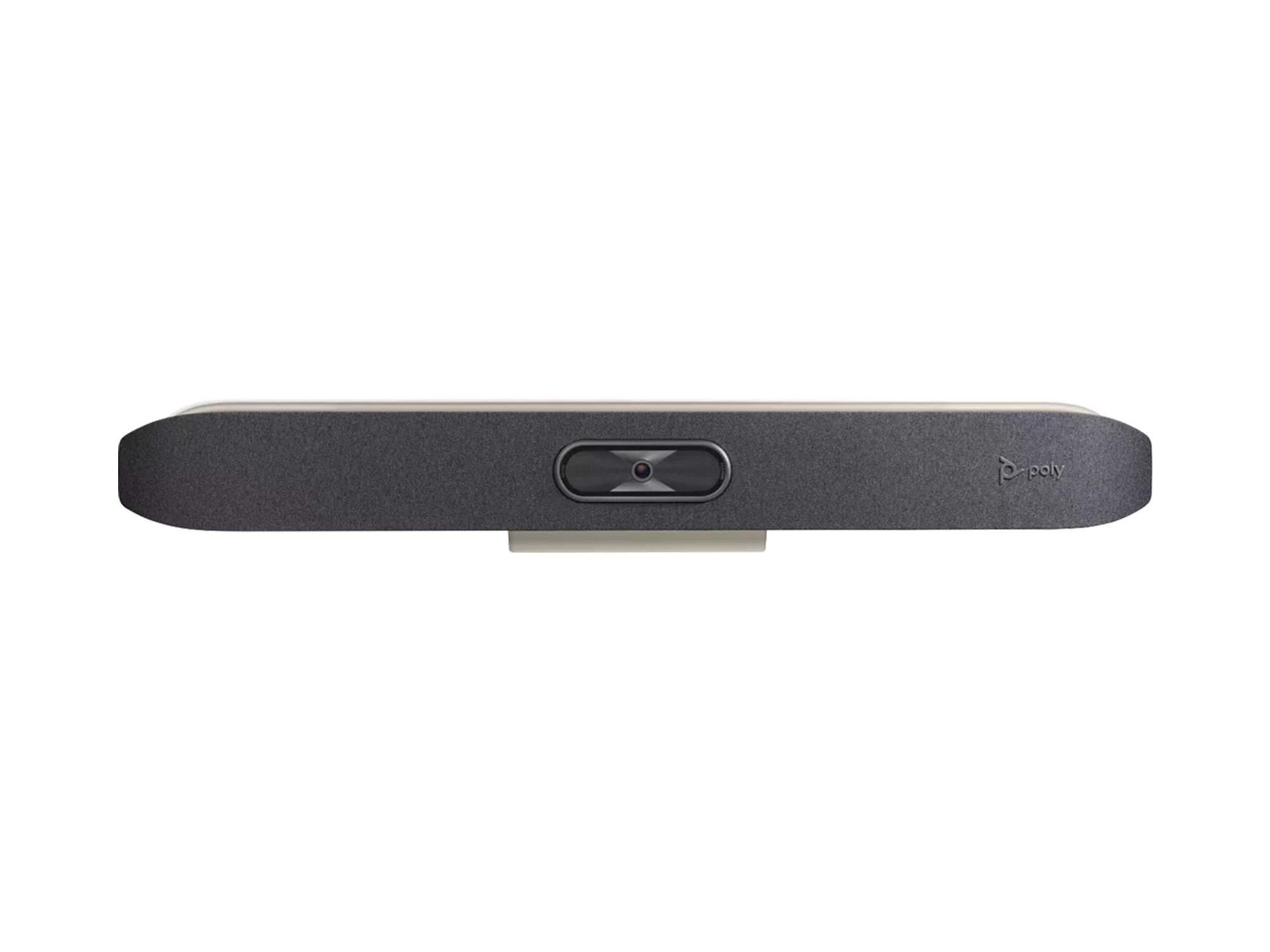



























£226.25*
- Resolution 1280 x 800 WXGA
- Max. Brightness 450 cd/m²
- Panel type IPS
- Contrast Ratio 1,000 :1


Frequently purchased together
Product information
PROLITE TW1023ASC-B1P
10.1" (25.5 cm) PCAP 10 point touchmonitor PC with Android operating system and power supply via network cable
The ProLite TW1023ASC-B1P touch panel PC is the perfect choice for high usage environments such as retail, interactive POS, information desk or hospitality.
This 10.1" (25.5 cm) PCAP monitor with 10 touch points and Android, allows users to connect and operate this monitor directly from any device. Power-over-Ethernet (PoE) technology allows both data connection and power supply through a single cable, making installation very simple. For this purpose, the device can be operated in landscape, portrait or face-up format. Together with the built-in camera and speakers, it offers limitless interactive installation possibilities.
BUILT-IN CAMERA, MICROPHONE & SPEAKERS
A perfect choice for semi- or fully-automated reception solutions, allowing businesses to track and manage visitor traffic directly from the front desk without compromising the safety of employees, visitors and company resources.
CONNECTIVITY
The RJ45 (LAN) port, which supports Power-over-Ethernet (POE) technology, allows both data connectivity and power to be provided via a single cable, simplifying installation in areas where many cables would disrupt the environment.
ANDROID OS
Thanks to the Android operating system, applications can be installed easily and the screen can be customized to your needs with complete flexibility.
ANTI-FINGERPRINT COATING
This special nano-coating provides a smooth grip and less resistance. This makes the screen less static and susceptible to dirt, dust and fingerprints and improves the clarity of the content displayed on the screen.
CONNECTIVITY
The RJ45 (LAN) connector, which supports Power-over-Ethernet (POE) technology, allows both data connection and power to be provided via a single cable, simplifying installation in areas where many cables would disrupt the environment.
Technical data
| Name | iiyama PROLITE TW1023ASC-B1P 10" Touch display |
|---|---|
| Article number | 1000013767 |
| GTIN/EAN | 4948570117116 |
| Manufacturer SKU | TW1023ASC-B1P |
| Model name | PROLITE TW1023ASC-B1P |
| Brand | iiyama |
| Product Type | Touch display |
| Product Series | iiyama TW Series |
| Technology | LCD |
| Panel type | IPS |
| backlight | LED |
| Resolution | 1280 x 800 WXGA |
| Diagonal | 10" |
| Aspect Ratio | 16:10 |
| Viewing angle - Horizontal | 160° |
| Viewing angle - Vertical | 160° |
| Contrast Ratio | 1,000 :1 |
| Max. Brightness | 450 cd/m² |
| run-time | 24/7 |
| Response time | 25ms |
| Support - VESA | 75 x 75 |
| Frame width | 1.25 mm |
| Inputs | 1x Ethernet , 1x Micro-USB , 1x Mini-HDMI , 1x USB-C |
| Outputs | 2x 3,5mm Jack |
| Features | Touch screen |
| Product width | 25.5 cm |
| Product height | 17.2 cm |
| Product depth | 3.05 cm |
| Weight | 0.8 kg |
| Colour | Black |
| EEK Spectrum | A to G |
| Delivery contents | Power cable , Quick user guide |
| Condition | New |
| Warranty | 36 Month |
| Warranty type | Onsite Repair Service and support information |
Product safety
| Person responsible for the EU |
|---|
| iiyama International Corporate |
| Wijkermeerstraat 8 |
| 2131 HA Hoofddorp |
| Netherlands |
| info.de@iiyama.com |













